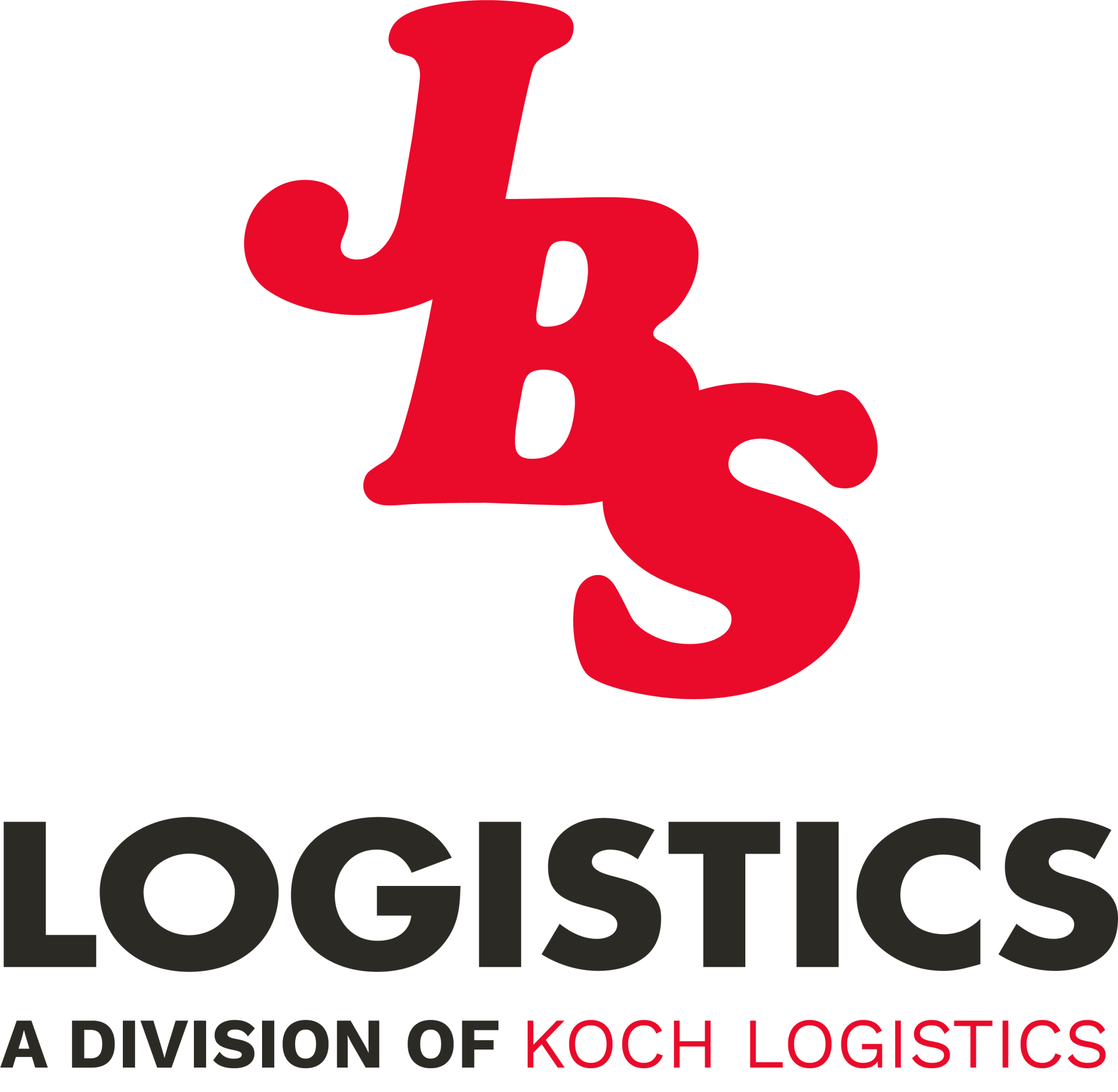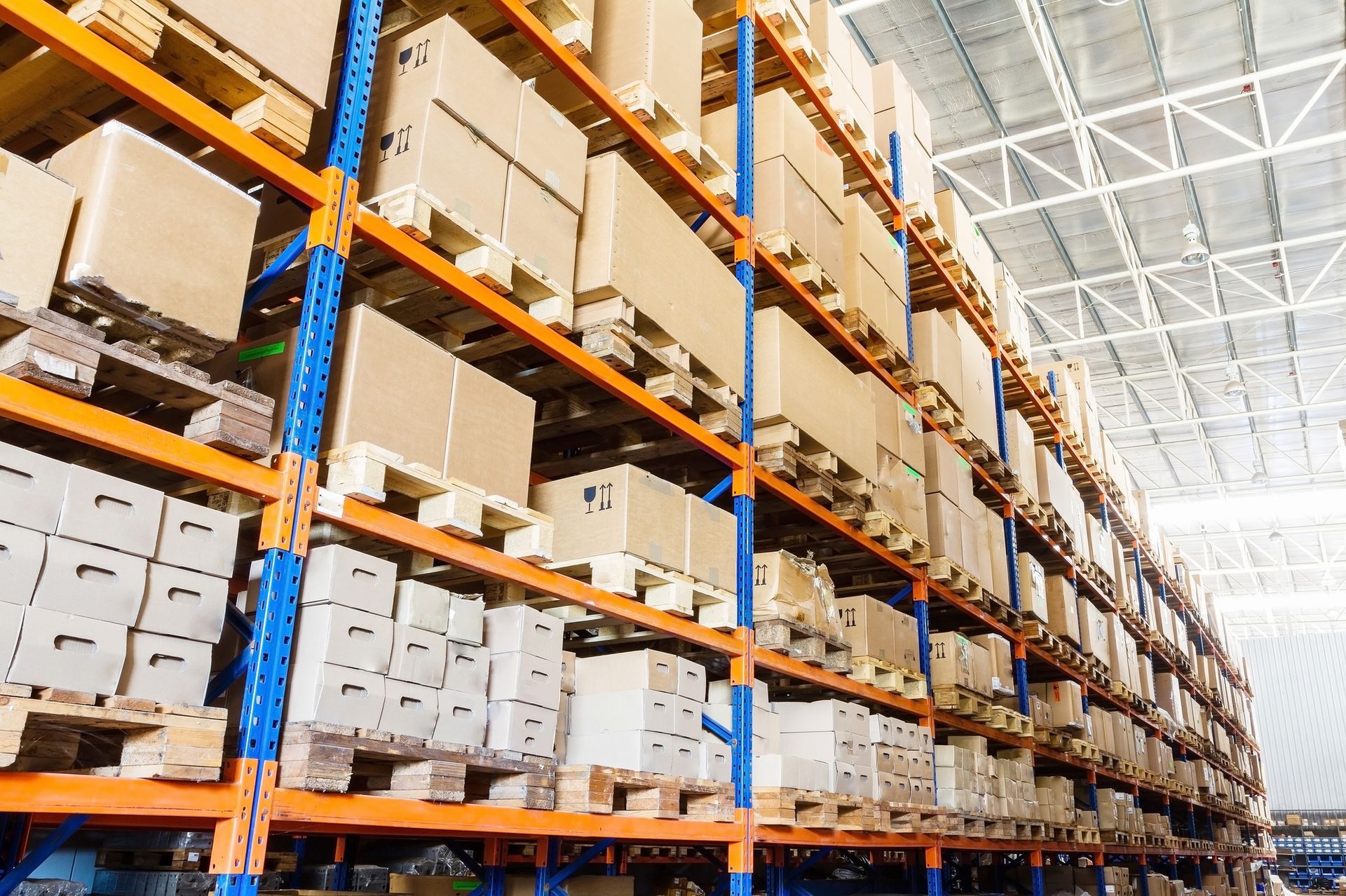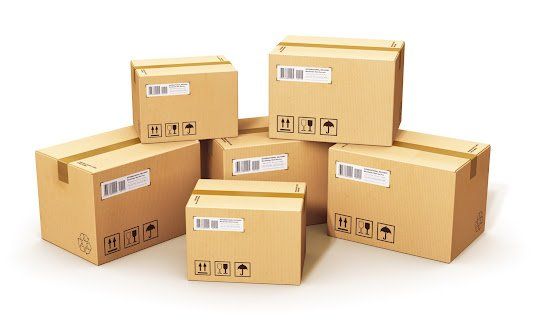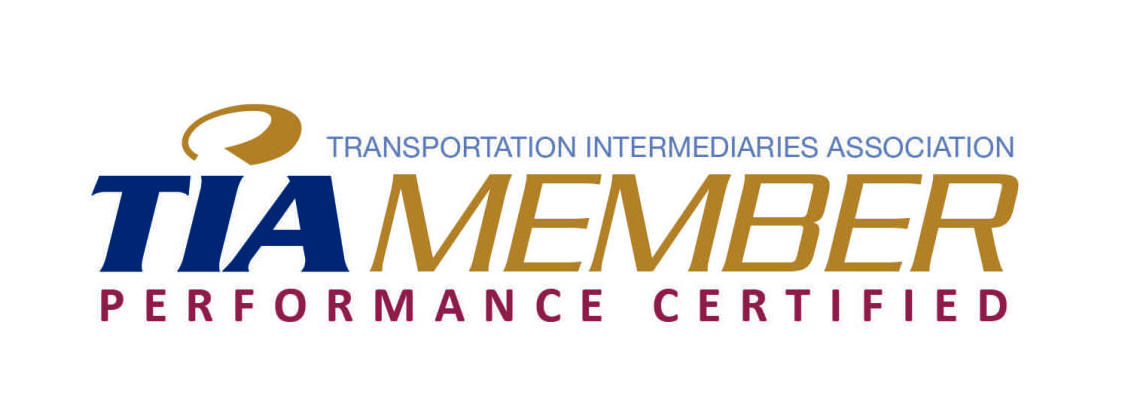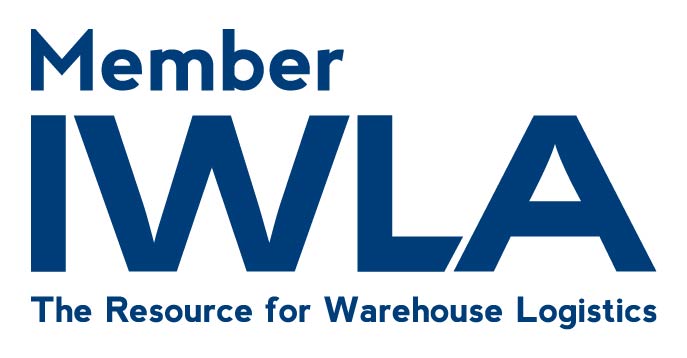Basically, drayage refers to the act of transporting a load over a short distance and a short time. That load is generally a shipping container because drayage is most often just one part in the chain of moving a container over a large distance. Drayage is not, then, something that short-range shippers generally encounter. Short-range shipping, such as from your warehouse to a nearby wholesaler is not the same as drayage.
When Does Drayage Occur?
The short movements involved in drayage are usually done when the load must be moved from one form of transportation (such as a cargo ship) to another transportation method (such as a train). The in-between transport via truck would be the drayage.
You may see drayage in many different scenarios throughout the transportation process. Your shipper might load the shipment into a container at your business location, then move it to the nearest port and put it on a ship bound overseas. It would then need moved from that ship to a truck to take it to the receiver. A load may need to change hands from one carrier to another.
Drayage often occurs in ways that most shippers don't really pay attention to. A load may start its journey by traveling from a warehouse to the port or rail yard. It may be taken to an intermediate warehouse, unloaded, and repacked with other shipments all bound for the same destination. Or the port may need to move containers from one storage location to another for logistical purposes.
What Affects Drayage?
Because drayage can happen in many different ways and by different means, the cost of this service may vary significantly. If your goods are perishable, for example, you may need expedited drayage to get the items from a cargo ship to your clients quickly before they expire. Or you may want the carrier to move your goods directly from the port to customers’ retail locations. Additional services like expediting or door-to-door delivery will affect the cost of the drayage.
How Is Drayage Billed?
So now that you know when and how drayage occurs, where will you see it invoiced? This will vary depending on who is arranging for the service and who actually carries it out. If you have contracted with a single carrier for the entire journey, individual services like transporting containers to and from the rail line may be included in their single contracted price and invoiced together.
If the drayage happens when a shipment needs moved between carriers, one of the carriers (whomever takes responsibility for the cargo) may bill for drayage themselves. And if the movement was performed by a third party (like a warehousing service), you may receive a separate bill for it alone.
What Should You Do?
Because things can get confusing for shippers in these scenarios, it's always a good idea to discuss potential drayage with your carriers before signing a contract. Ask if there will be costs for transfers and who will bill for them. If you need special treatment of your load, ask about different drayage options available. And find out who will remain responsible for your cargo at every step of the way.
At
JBS Logistics,
we know that shipping processes in today's global environment can be challenging. Our logistics professionals can help you understand what is happening with your valuable goods and have confidence that they are well taken care of no matter how (or how far) they must be moved. Call today to learn more.
